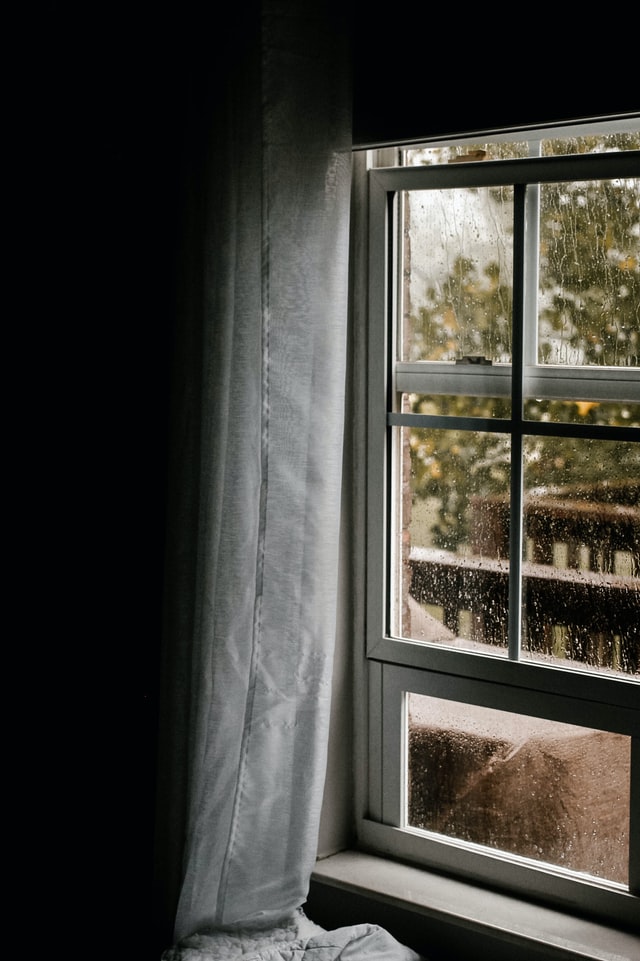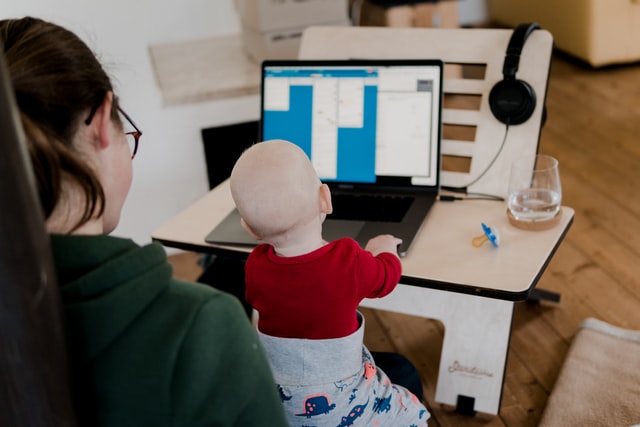We’re looking at sales in the South Bay area of Los Angeles a little differently than usual this month. Typically we analyze the area as a single entity. This month we’ll divide the South Bay into four parts, allowing you to see a greater level of precision about those four areas.
Within each area the homes will be more similar, both in style and in pricing. We started by combining the four beach cities, El Segundo, Manhattan Beach, Hermosa Beach and Redondo Beach. Each of the cities has it’s own unique character, but they share many common traits. (If your home is in Hollywood Riviera, you can consider yourself one with the beach cities.)
The cities on the Palos Verdes Peninsula come together naturally, so we’ve combined Palos Verdes Estates, Rolling Hills Estates, Rolling Hills and Rancho Palos Verdes.
While Torrance does have it’s own beach, most of the city has more of an inland character, so we’ve combined it with Lomita and Gardena. One immediate benefit is the median prices are more representative of actual prices in those three communities.
Finally, we conjoined San Pedro, Long Beach, Harbor City, Wilmington and Carson, collecting the harbor area cities together.
Beach Cities
Prices have been trending up at a pretty rapid pace for most of the year, so it was a real surprise to find the median price in the Beach Cities had dropped by 6% from the September numbers. Last month the median price was $1.5M, while October only came in at $1.41M. Likewise, the number of sales dropped by a surprising 20%, from 209 sales in September, to 167 in October.
Year over year, beach prices increased by an impressive 17%, from $1.2M last October to $1.4M this October. Over the same time frame, sales volume went up by 45%, climbing from 115 units in October 2019, to 167 units in October of 2020.

Palos Verdes
On the Peninsula is where you really want to be in 2020. Prices and sales volume increased month to month and year to year. From last month to this month was on par with most of the South Bay, with the October median price of $1.68M coming in 5% above September’s median of $1.6M. The sales volume increase was a modest 3%, going from 95 units to 98.
The real treat for the PV cities is the 2020 over 2019 sales prices. October of last year showed a median price of $1.2M versus $1.68M this year. That’s a whopping 36% median price increase in 12 months. At the same time, October unit sales jumped 51% from 65 homes sold in 2019 to 98 sold in 2020.
Inland Cities
Going just a short distance away from the sandy shores of the beach, or from the bluffs of Palos Verdes, makes a huge difference in property prices. Like the coastal cities, the inland cities showed a 6% increase in prices from September to October. In contrast to the beach and the hill, the median price only went up $40K, from $719K to $759K. Like the beach cities, fewer inland homes were sold in October falling 11% from September. The drop wasn’t as great, going from 183 units in September to 163 in October of 2020.
October of 2020 versus October of 2019, the inland cities had median prices go up by 9%, from $600K to $656K. At the same time, the number of sales dropped by unit, from 164 homes sold, to 163 homes sold this October.

Harbor Cities
Median price in the harbor cities is typically lower than anywhere else in the South Bay. Similarly, price increases are slower. For example, while the rest of the areas saw 5-6% increases in month to month sales prices, the harbor came in at 3%. From September to October, the median increased from $636K to $656K. During the same time frame, the number of homes sold climbed 5%, from 435 to 457 units.
Comparing last October to this October, homes in the harbor area enjoyed a slightly more sustainable 9% rise in median price. The median for October 2019 was $600K compared to $656K this October. Sales volume jumped by 15%, from 397 units last year to 457 this year.
Why These Crazy Numbers?!
They are crazy, you know. There is no way prices can continue to climb at 5-6% per month. That’s more like what we would expect on a year over year increase.
| October | 2020 | September | 2020 | Change | M-M | |
| Med Sales $ | Sales # | Med Sales $ | Sales # | Med Sales $ | Sales # | |
| Beach | 1,407,500 | 167 | 1,500,000 | 209 | -6% | -2% |
| PV | 1,682,750 | 98 | 1,600,000 | 95 | +5% | +3% |
| Inland | 759,000 | 163 | 719,000 | 183 | +6% | -11% |
| Harbor | 656,000 | 457 | 636,000 | 435 | +3% | +5% |
| So Bay | 820,000 | 885 | 799,500 | 922 | +3% | -4% |
It’s been a long time since we’ve seen Beach Cities prices decline. We’ll be watching November closely.
The answer lies in the interest rates. One the borrowing side, mortgage interest rates have been under 3% for some time now. With rates that low, many people who couldn’t afford to buy a home before, now qualify for a loan. Those who are still employed despite Covid-19 are buying homes if at all possible.
The demand created by that phenomenon has created a plethora of bidding wars. Homes with 20 offers on them are not uncommon. All those offers are pushing prices up at clearly unsustainable rates.
| October | 2020 | October | 2019 | Change % | Y-Y | |
| Med Sales $ | Sales # | Med Sales $ | Sales # | Med Sales $ | Sales # | |
| Beach | 1,407,500 | 167 | 1,202,000 | 115 | 17% | 45% |
| PV | 1,682,750 | 98 | 1,233,000 | 65 | 36% | 51% |
| Inland | 759,000 | 163 | 680,000 | 164 | 12% | -1% |
| Harbor | 656,000 | 457 | 600,000 | 397 | 9% | 15% |
| So Bay | 820,000 | 885 | 699,000 | 741 | 17% | 19% |
Adding to the entry level buyers who are driving the market at the low end, there is another group who have cash in the bank. Unfortunately, that cash is only earning 1%, or less. Those buyers are watching the price of real estate climb astronomically, and are hoping to cash in on a windfall profit. Some of them will.
The Crystal Ball
Watching the median price drop at the beach by 6% is a hint at what’s coming next. We can’t be sure when it will happen, but steeply escalating prices inevitably plummet in a subsequent correction. Current increases are reminiscent of the rapid run-up of prices in 2006-2007 which resulted in the Great Recession.
Further complicating matters, today we have government and consumer response to Covid-19 as a uncontrollable factor. The third quarter of 2020 looked really good compared to the second quarter, until we remember the coronavirus struck in March. Business during the second quarter was essentially nil.
We can’t forget the election. Fallout from the presidential election could push the economy in any one of several directions depending on who the President is, and the degree of polarization in the Federal government.
One would need a crystal ball to forecast this winter, but I predict a volatile ride for the real estate market.
Crystal ball image by Jamie Street on Unsplash













![[UPDATED] What Will Halloween Look Like During COVID-19?](https://www.beachchatter.com/wp-content/uploads/2020/09/jackolantern.jpg)





